Workers Quarter in 19th Century German Industrial City
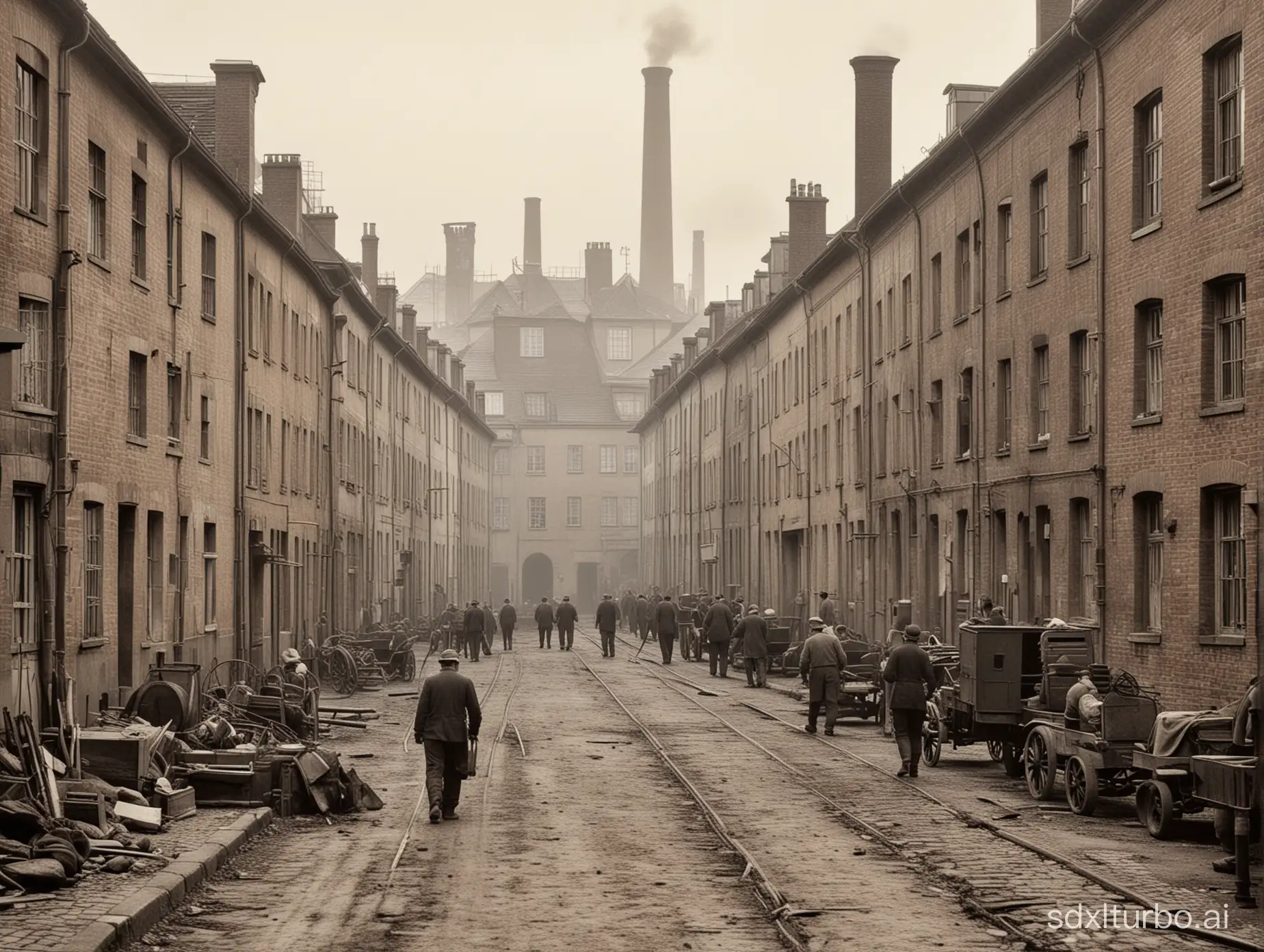
Image Prompt
Prompt
generiere ein bild von einem arbeiterviertel in einer fabrikstadt in deutschland während der industrialisierung im 19. jahrhundert, mit arbeitern die dort wohnen
Choose Model: realistic
Aspect Ratio: 4:3
Generated by Stable Diffusion SDXL
Related AI Images
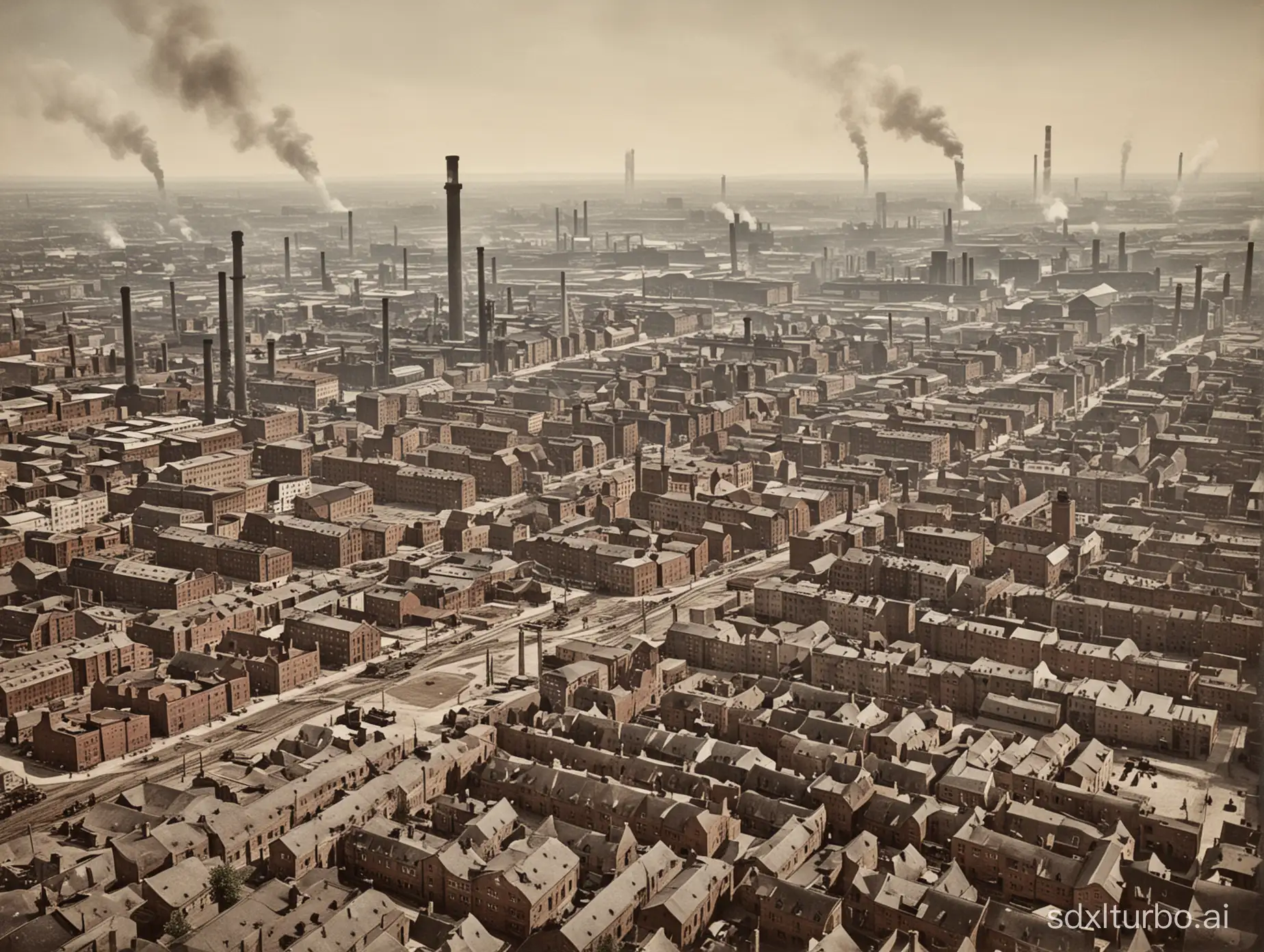
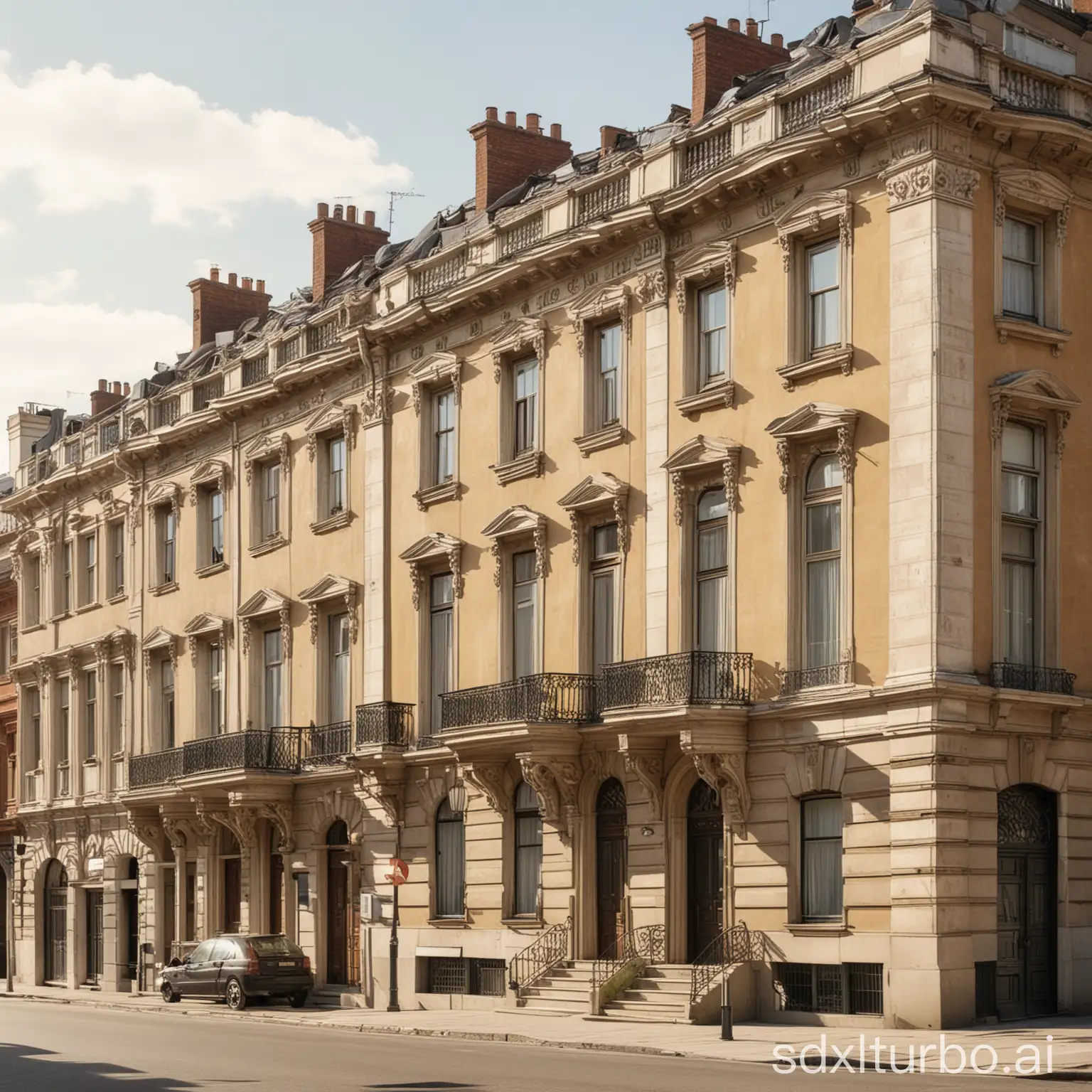
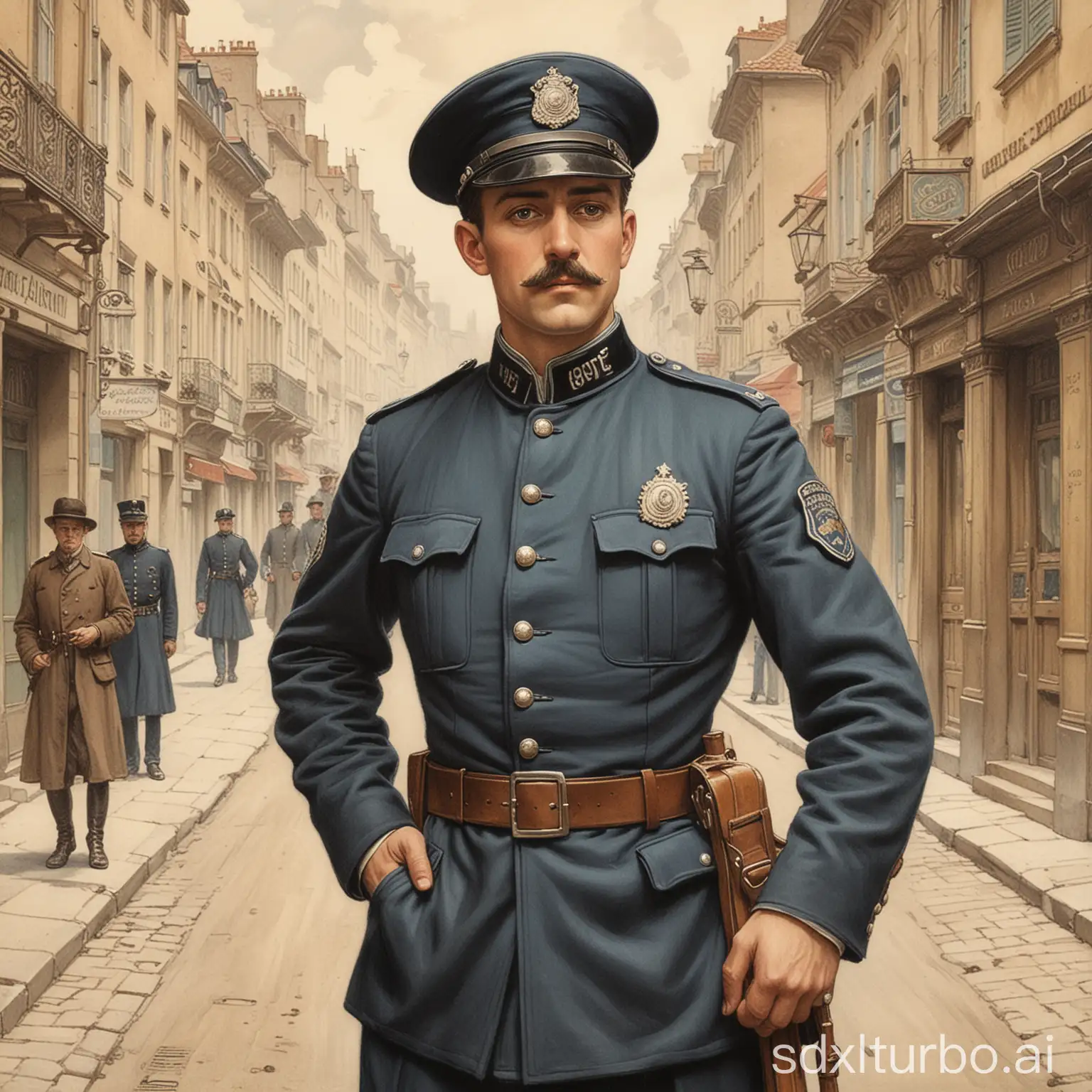
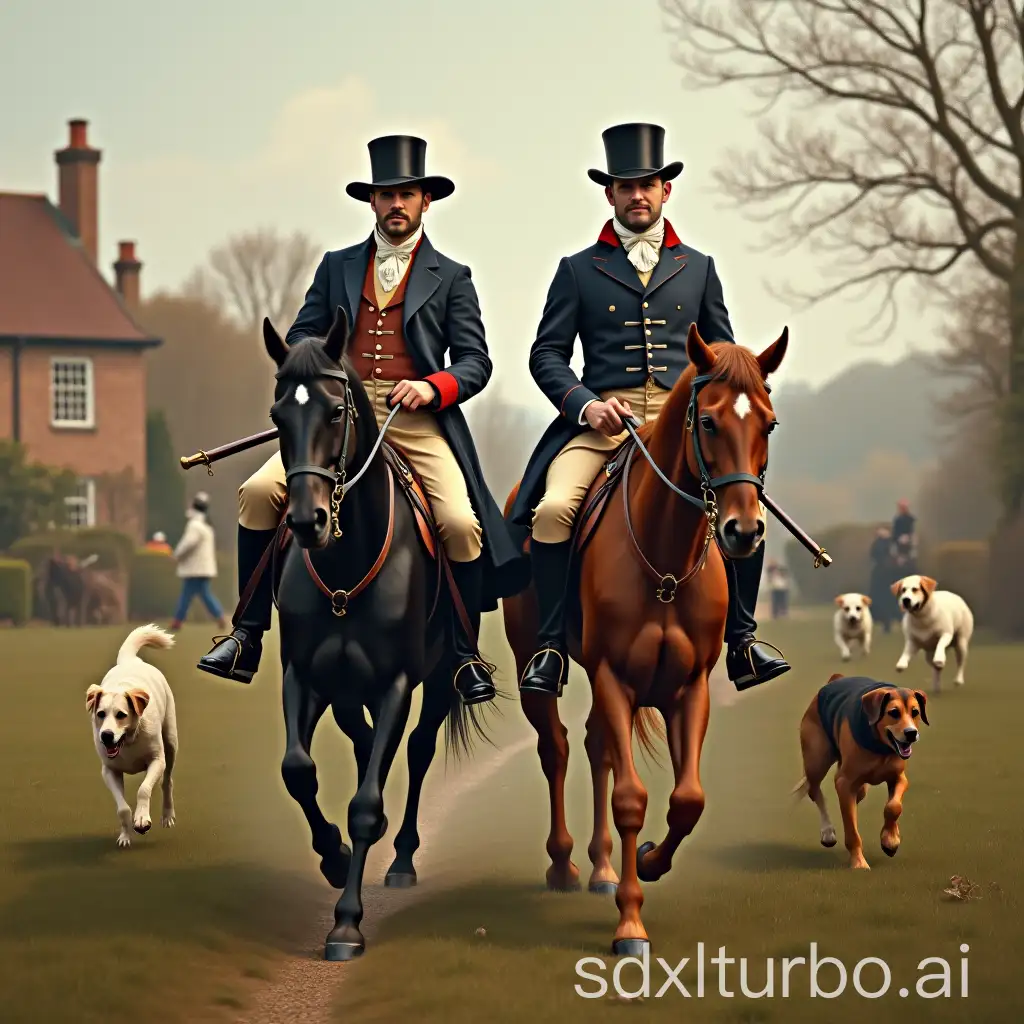
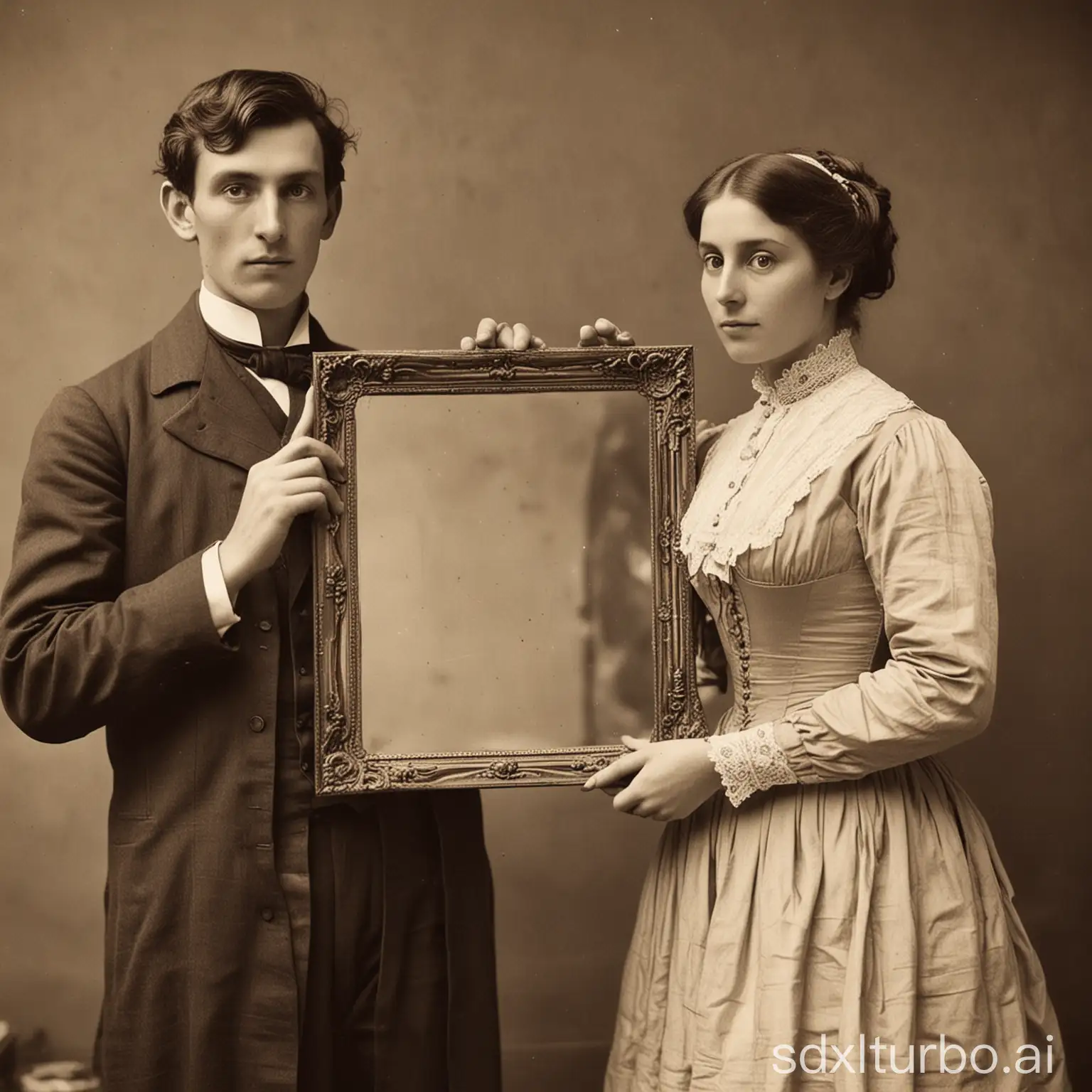
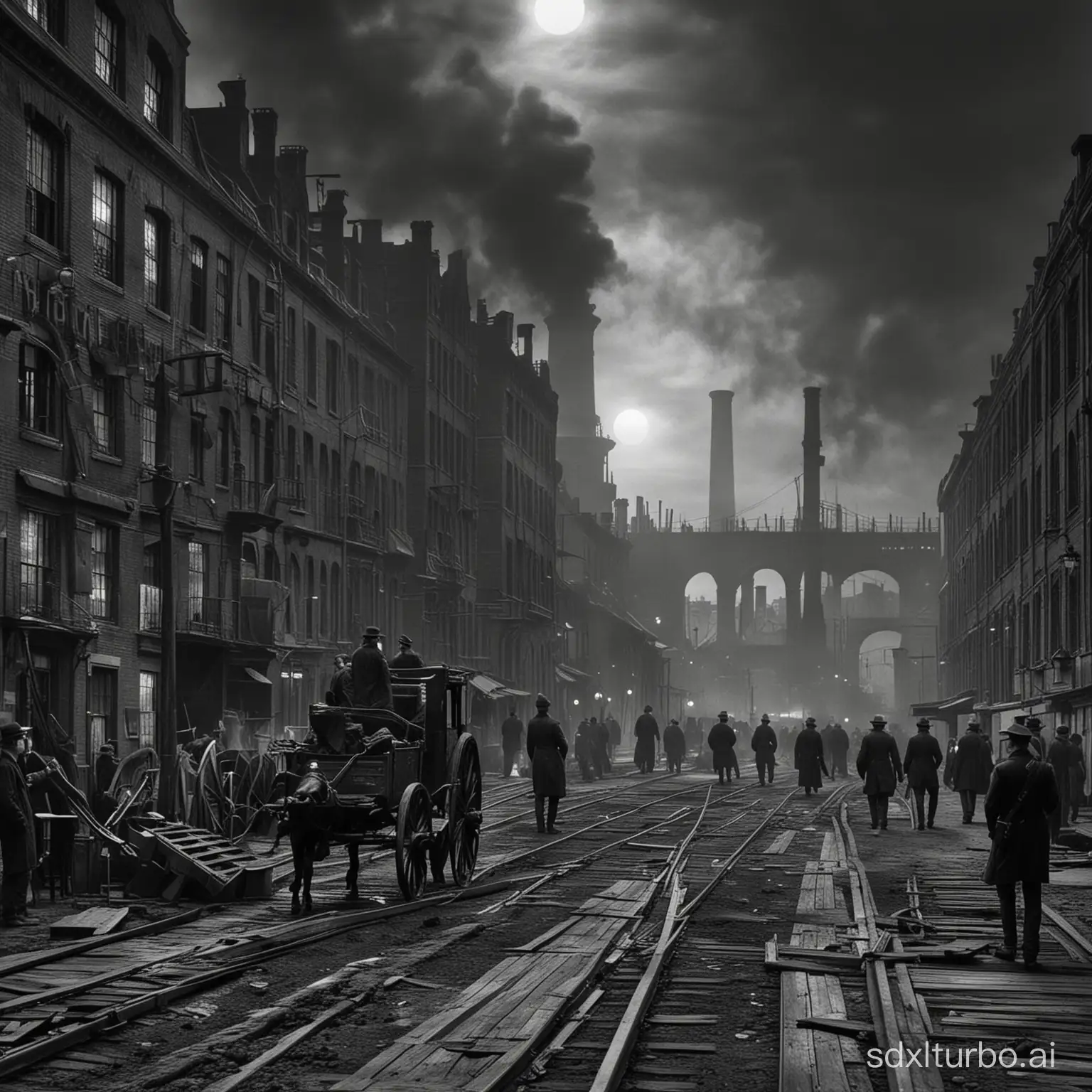
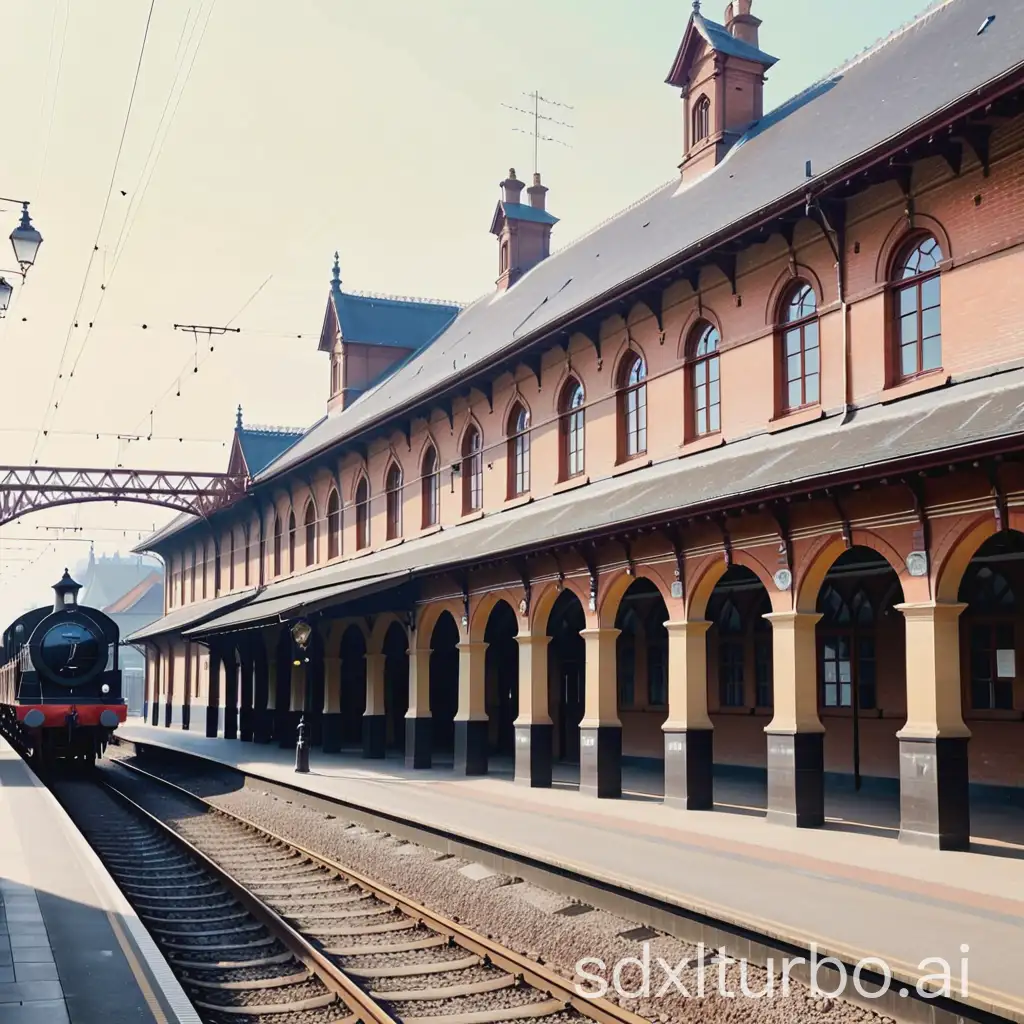
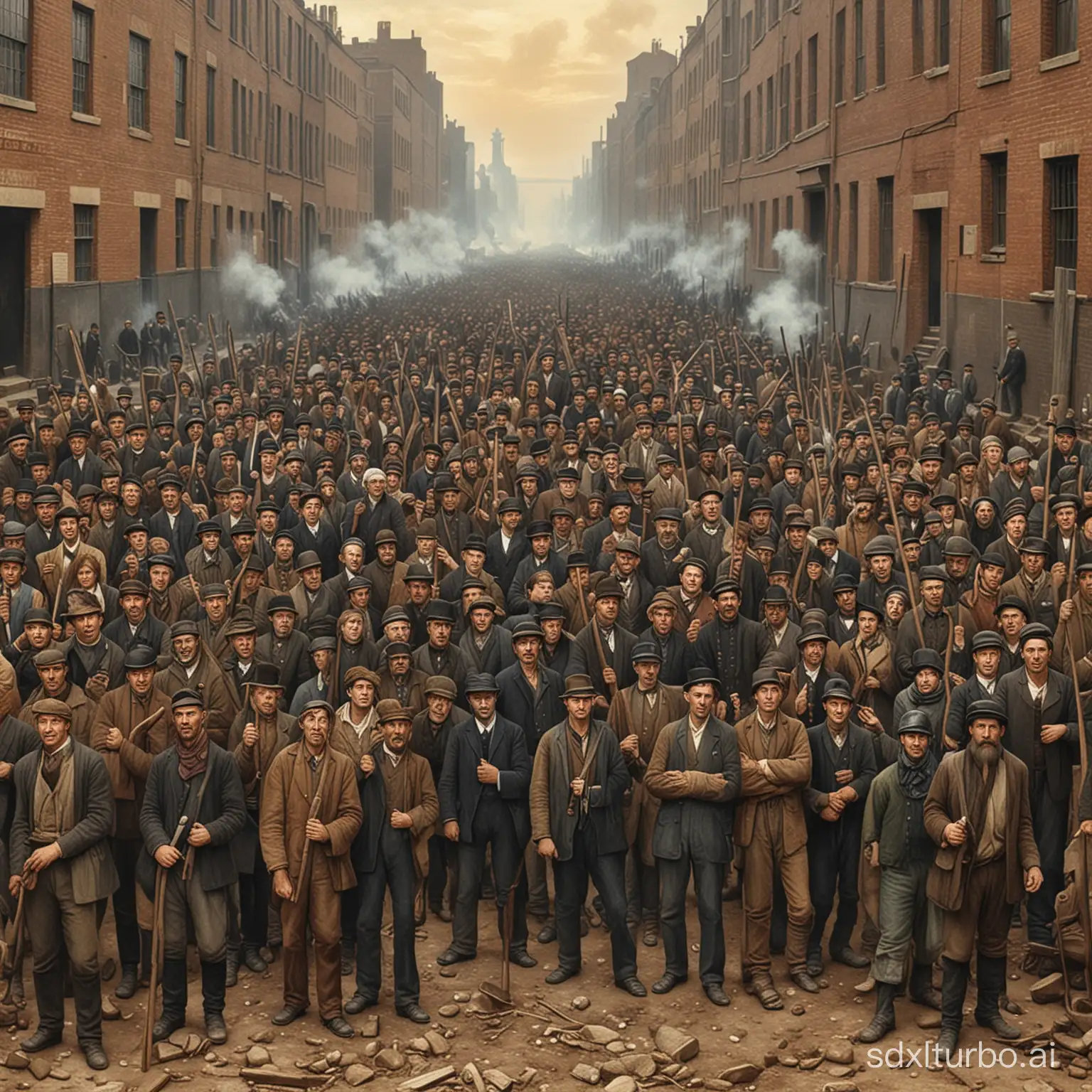
Related Tags
Prompt Analyze
- Subject: The primary focus of this image is a workers' quarter, depicting the living conditions of laborers during the 19th century industrialization in Germany. The quarter should have rows of modest, closely-packed houses or tenements, showcasing the dense living arrangements common to industrial cities. Setting/Background: The background should depict the industrial cityscape of the 19th century, with smoking factories, chimneys, and perhaps some workers heading to or from work. This sets the scene and emphasizes the industrial context of the workers' quarter. Style/Coloring: The image should be rendered in a realistic style, possibly with muted and earthy tones to evoke the historical period. This will create a somber atmosphere that reflects the hardships faced by the workers during this era. Action/Items: Within the workers' quarter, there could be workers engaged in daily activities such as chatting, repairing tools, or children playing in the streets. Additionally, clotheslines, pots, and other household items can be seen outside the houses, adding to the lived-in feel. Costume/Appearance: The workers should be dressed in typical 19th-century working-class attire, which might include simple shirts, trousers, aprons, and flat caps for men, and long skirts and shawls for women. Accessories: To add authenticity, the scene could include period-specific accessories like horse-drawn carriages, gas street lamps, and cobblestone streets. These details help to further immerse viewers in the historical setting.